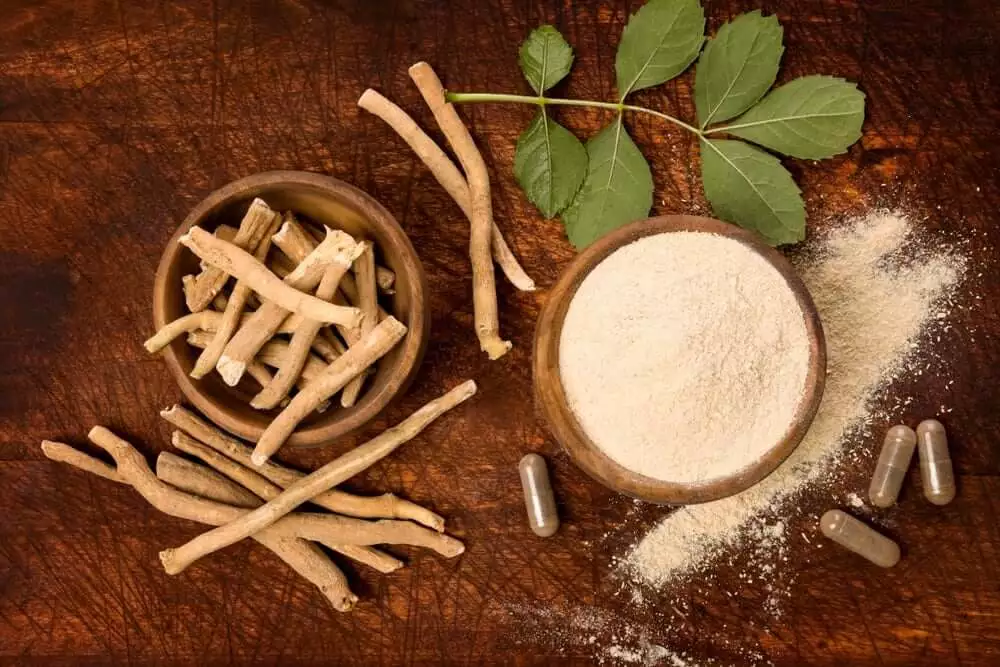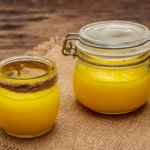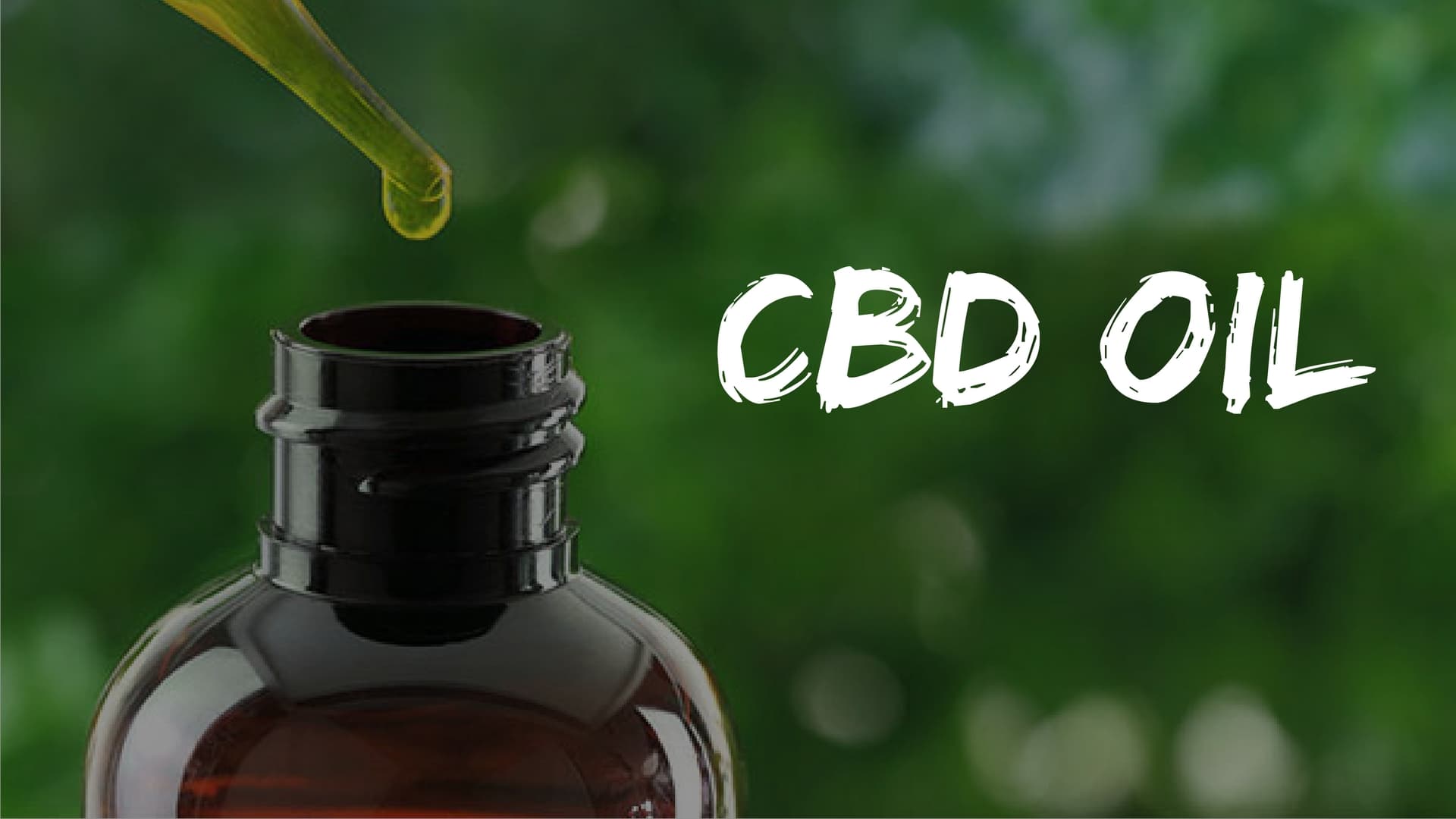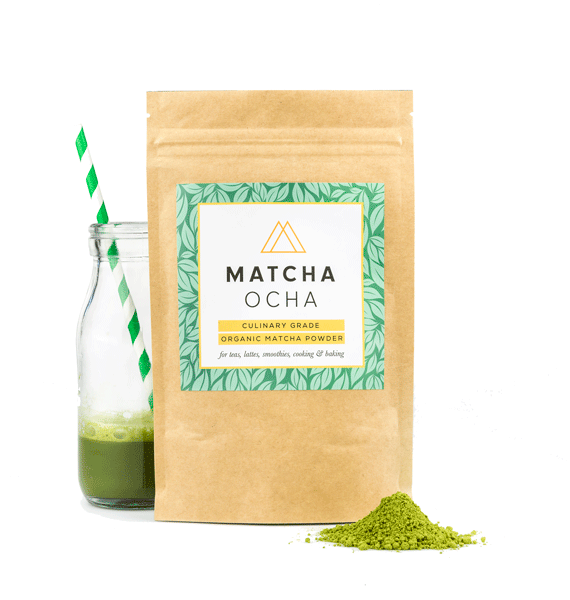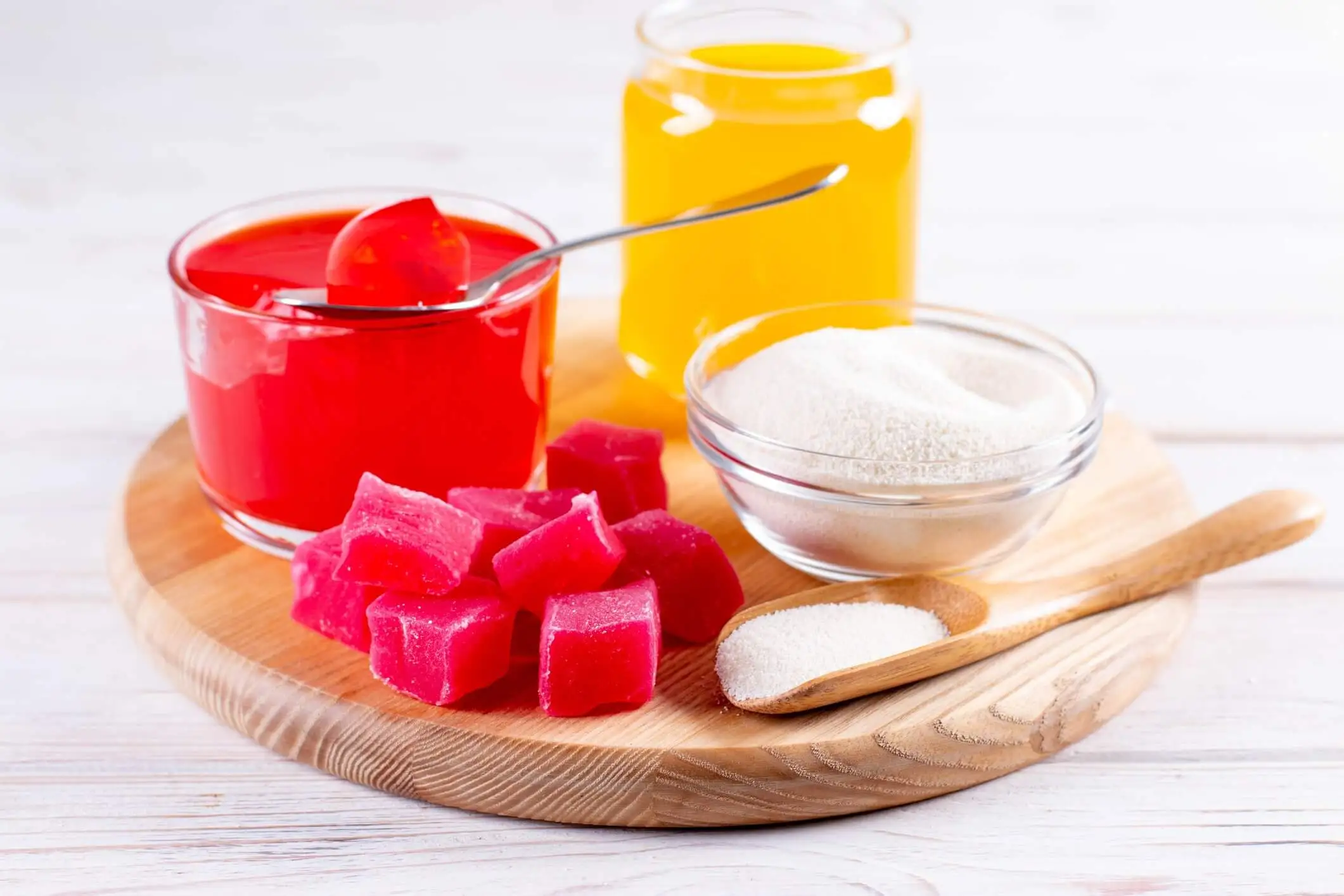Gotu Kola is an amazing herbaceous plant that has been used for centuries in traditional Chinese, Ayurvedic and Indonesian medicine. It is also known by different such as Centella Asiatica, Tiger grass, Asiatic pennywort, and Antanan gede. It belongs to the flowering plant Apiaceae family. It is usually found near gutters or wet grass where the environment is humid and warm.
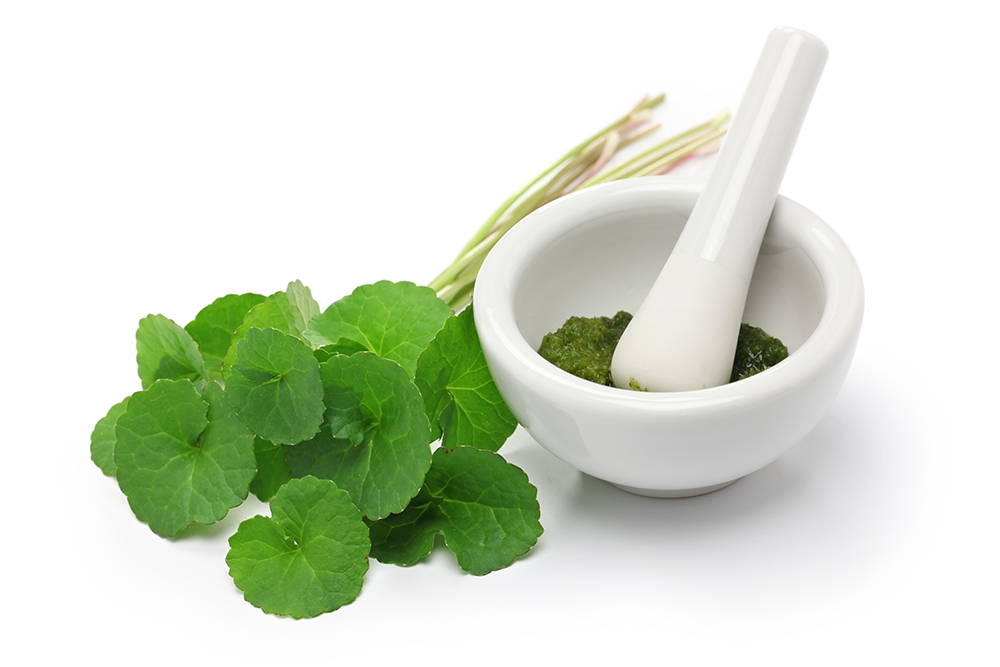
Gotu Kola is commonly distributed in Jiangsu, Shaanxi, Zhejiang, Anhui, Hubei, Hunan, Jiangxi, Guangdong, Taiwan, Hainan, Guangxi, Yunnan, and Sichuan provinces in China and other Asian regions. As already stated above, Centella Asiatica or Gotu kola has been used to treat different health conditions since ancient times in China, India, and Indonesia. It was used to improve mental clarity, heal wounds, and cure skin problems such as psoriasis and leprosy.
Some people use it as a cure for respiratory infections such as colds. An ancient Chinese herbalist lived for up to 200 years as a result of regularly consuming Gotu kola. It also has been used to treat stomach ulcers, hepatitis, syphilis, asthma, fever, diarrhea, epilepsy, and mental fatigue.
Today, in the Europe and USA Gotu kola is widely being used to treat chronic venous insufficiency (a condition where blood gathers in the legs) and varicose veins. It is also used in many ointments to heal minor wounds and treat psoriasis.
Several animal studies have shown that Gotu Kola helps reduce depression and anxiety, and improves overall mental functions. So people with mental issues such as anxiety or stress can give Gotu Kola a shot to normalize their mental functions. Before you start taking Gotu kola, make sure you’re not allergic to any ingredients found in Gotu kola.
Have something to say about Gotu Kola? Please feel free to share your valuable feedback in the comments below.

Carl Clay is a health blog author who has been writing about nutrition, fitness and healthy living for over 10 years. He also loves to run, hike and bike with her wife.

